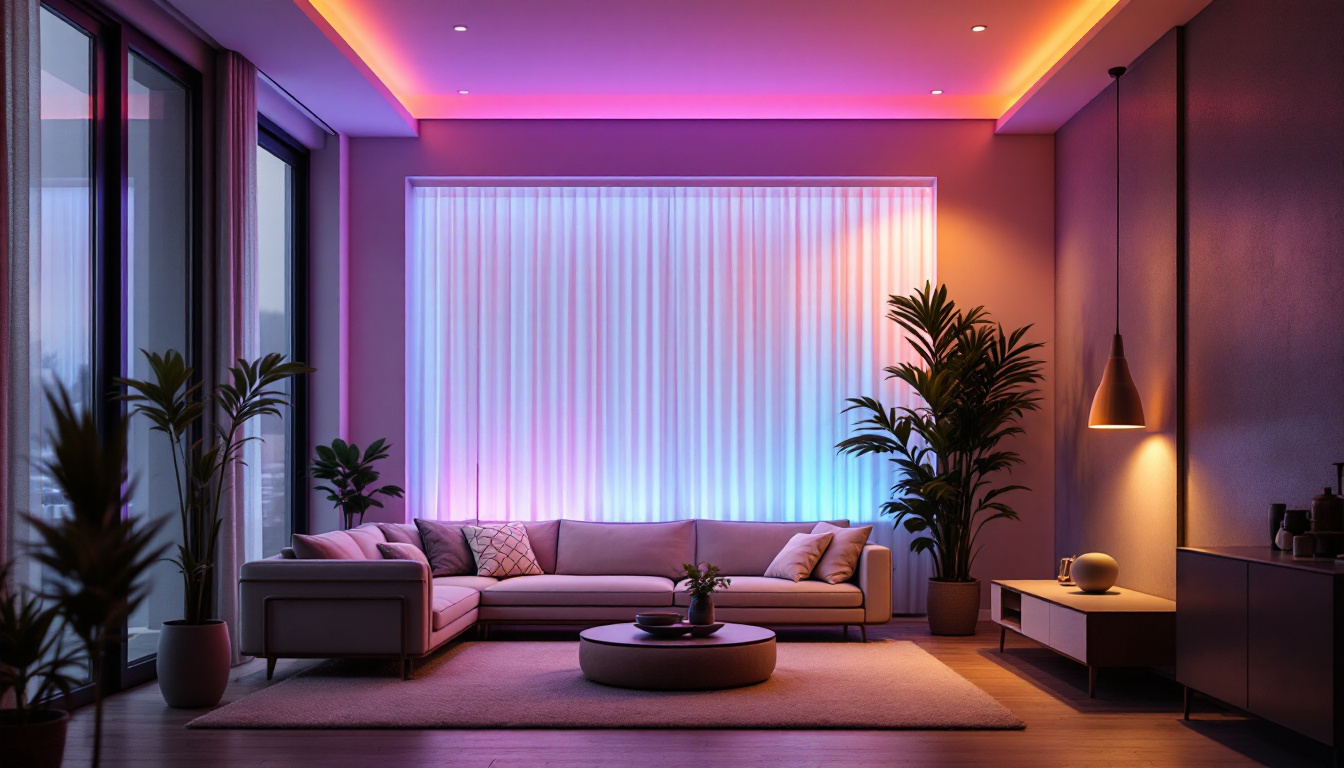
In the realm of lighting contracting, the importance of proper ventilation cannot be overstated. Exhaust fans play a crucial role in maintaining air quality and ensuring a safe working environment in shops and warehouses. This article delves into the essential aspects of exhaust fans, providing lighting contractors with the resources needed to master their installation and maintenance.
Exhaust fans are vital for controlling air quality in any workspace, especially in environments where lighting fixtures and electrical equipment are prevalent. These fans help eliminate heat, humidity, and airborne contaminants, thus ensuring a safer and more productive atmosphere. In addition to these primary functions, exhaust fans can also play a crucial role in maintaining the integrity of sensitive electronic components, which can be adversely affected by fluctuations in temperature and humidity levels.
For lighting contractors, understanding the health implications of inadequate ventilation is critical. Poor air quality can lead to respiratory issues, fatigue, and decreased productivity among workers. By installing exhaust fans, contractors can mitigate these risks, providing a healthier workspace. Furthermore, the presence of an effective exhaust system can significantly improve employee morale; when workers feel comfortable and safe in their environment, they are more likely to perform at their best.
Moreover, certain lighting materials, such as adhesives and paints, can release volatile organic compounds (VOCs) into the air. Exhaust fans help in reducing the concentration of these harmful substances, ensuring compliance with health and safety regulations. In addition to VOCs, exhaust fans can also assist in expelling dust and particulate matter that may accumulate during the installation or maintenance of lighting systems, further enhancing the overall air quality and safety of the workspace.
Exhaust fans not only protect the health of workers but also contribute to the longevity of equipment. Excessive heat and humidity can damage electrical components and lighting fixtures over time. By maintaining an optimal environment, contractors can reduce the likelihood of equipment failure, thereby saving on replacement costs and enhancing overall efficiency. Regular maintenance of exhaust fans is also essential, as clean and well-functioning fans will operate more effectively, ensuring that the workspace remains adequately ventilated.
Additionally, the strategic placement of exhaust fans can optimize airflow throughout the workspace, allowing for a more uniform distribution of temperature and humidity levels. This balanced environment not only prolongs the life of lighting equipment but also minimizes the risk of electrical hazards, such as short circuits or overheating, which can occur in poorly ventilated areas. By prioritizing the installation and upkeep of exhaust fans, contractors can create a more sustainable and efficient work environment that benefits both their team and their equipment.
Choosing the right type of exhaust fan is crucial for achieving optimal ventilation. Various types of fans cater to different needs, and understanding these options can help lighting contractors make informed decisions.
Wall-mounted exhaust fans are commonly used in shops and warehouses. They are designed to expel stale air directly outside, making them effective for general ventilation. These fans are typically easy to install and can be operated manually or automatically, depending on the model.
When selecting a wall-mounted fan, consider factors such as the size of the workspace, the volume of air that needs to be moved, and the noise level of the fan. High-performance models are available that can efficiently handle larger spaces while maintaining a low noise profile.
Ceiling-mounted exhaust fans are another popular option, especially in areas with limited wall space. These fans work by drawing air upwards and expelling it through the ceiling, creating a natural airflow that helps maintain a consistent temperature.
For lighting contractors, ceiling-mounted fans can be particularly beneficial in shops with high ceilings. They can help manage heat buildup from overhead lighting fixtures, ensuring a more comfortable working environment.
Inline exhaust fans are installed within the ductwork of a ventilation system, making them less visible while still providing effective air movement. These fans are ideal for larger installations where space is a concern, as they can be placed away from the work area.
One of the advantages of inline fans is their ability to be integrated with existing HVAC systems. This versatility allows lighting contractors to enhance ventilation without the need for extensive modifications to the shop layout.
Installing exhaust fans requires careful planning and consideration. Lighting contractors must evaluate various factors to ensure the fans operate efficiently and effectively.
Determining the required airflow is one of the first steps in the installation process. This is typically measured in cubic feet per minute (CFM). The size of the workspace, the number of occupants, and the type of equipment being used all influence the necessary airflow rate.
Contractors can use various formulas and guidelines to calculate the CFM needed for a specific area. Many manufacturers provide charts that help determine the appropriate fan size based on room dimensions and usage.
The location of the exhaust fan is crucial for maximizing its effectiveness. Ideally, fans should be positioned where they can capture the most stale air, such as near heat sources or areas with high humidity. Additionally, placing fans strategically can help create a cross-ventilation effect, enhancing overall airflow.
It’s also essential to consider the proximity of the fan to windows and doors. Proper placement can help facilitate the exchange of fresh air, further improving indoor air quality.
Exhaust fans require a reliable power source for operation. Lighting contractors should ensure that the electrical system can support the fan’s power requirements. It’s important to consult local electrical codes and regulations to ensure compliance during installation.
Additionally, contractors should consider the use of timers or sensors to optimize energy efficiency. These devices can help reduce energy consumption by ensuring that fans operate only when necessary.
Regular maintenance is essential for ensuring that exhaust fans operate efficiently over time. Lighting contractors should be aware of the best practices for maintaining these systems to avoid costly repairs and replacements.
Dust and debris can accumulate on exhaust fans, reducing their efficiency. Regular cleaning is necessary to maintain optimal airflow and prevent overheating. Contractors should establish a cleaning schedule based on the usage of the fan and the environment in which it operates.
Cleaning typically involves removing the fan cover, vacuuming or wiping down the blades, and ensuring that the motor and housing are free of dust. This simple maintenance task can significantly extend the lifespan of the fan.
Periodic inspections are crucial for identifying potential issues before they escalate. Contractors should check for signs of wear and tear, such as frayed wires, loose connections, or unusual noises during operation. Addressing these problems early can prevent more significant failures down the line.
It’s also advisable to inspect the ductwork connected to inline fans. Blockages or leaks in the ducts can significantly reduce the fan’s effectiveness, necessitating repairs or replacements.
Keeping track of the fan’s performance is essential for ensuring it meets the airflow needs of the workspace. If a fan is not moving enough air or is running excessively, it may be time to evaluate its condition or consider upgrading to a more efficient model.
Contractors can use airflow meters to assess the performance of exhaust fans. This data can help inform maintenance decisions and ensure that the ventilation system operates at peak efficiency.
With a variety of exhaust fans available on the market, lighting contractors must carefully evaluate their options to select the best model for their specific needs. Factors such as size, efficiency, and noise level should all be taken into account.
Energy efficiency is a significant consideration when selecting exhaust fans. Many models come with energy efficiency ratings that can help contractors choose options that minimize energy consumption while maximizing performance.
Investing in energy-efficient fans can lead to substantial cost savings over time, particularly in larger shops where ventilation needs are more pronounced. Look for fans that are ENERGY STAR certified or have high efficiency ratings to ensure optimal performance.
Noise can be a significant concern in work environments, particularly in shops where concentration is key. When selecting an exhaust fan, it’s essential to consider the noise level, which is typically measured in sones or decibels.
Contractors should aim for fans that operate quietly while still providing adequate airflow. Many manufacturers offer models specifically designed for low noise operation, making them suitable for environments where noise control is critical.
Exhaust fans are an indispensable component of any shop or workspace, particularly for lighting contractors. By understanding the importance of ventilation, selecting the right type of fan, and following best practices for installation and maintenance, contractors can ensure a safe and efficient working environment.
With the right resources and knowledge, lighting contractors can master the art of exhaust fan installation and maintenance, ultimately enhancing their service offerings and improving the overall quality of their workspaces.
As the industry continues to evolve, staying informed about the latest technologies and best practices will be essential for success. By prioritizing ventilation and air quality, lighting contractors can not only protect their workforce but also contribute to a more sustainable and efficient future in the lighting industry.
Ready to enhance your lighting projects with the best ventilation solutions? Look no further than LumenWholesale for all your exhaust fan needs. Our extensive selection of spec-grade lighting products ensures you get the most reliable and high-performance equipment for your shop or workspace. With unbeatable wholesale prices and the convenience of free shipping on bulk orders, you can trust us to provide premium lighting without the premium price tag. Elevate your lighting contracting services today by visiting Wholesale Lighting at the Best Value and discover the LumenWholesale difference.

Discover why Amber Light LEDs are essential for any successful lighting project.

Discover essential tips and expert insights for lighting contractors to master basic light fixture installations.

Discover the transformative potential of LED strips in modern lighting design.

Discover why dimmable 0-10V lighting systems are essential for any successful lighting project.